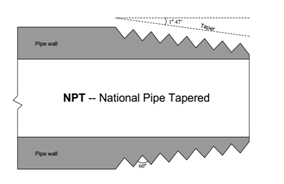With GATE 2020 around the corner, first of all I would extend my good wishes to all the GATE 2020 aspirants. I am sharing links for questions papers which will be helpful for aspirants in practicing the type of problems asked by IITs/ IISC in the past.
GATE 2007 INSTRUMENTATION PAPER
GATE 2008 INSTRUMENTATION PAPER
GATE 2009 INSTRUMENTATION PAPER
GATE 2010 INSTRUMENTATION PAPER
GATE 2011 INSTRUMENTATION PAPER
GATE 2012 INSTRUMENTATION PAPER
GATE 2013 INSTRUMENTATION PAPER
GATE 2014 INSTRUMENTATION PAPER
GATE 2015 INSTRUMENTATION PAPER
GATE 2017 INSTRUMENTATION PAPER
GATE 2018 INSTRUMENTATION PAPER
GATE 2007 INSTRUMENTATION PAPER
GATE 2008 INSTRUMENTATION PAPER
GATE 2009 INSTRUMENTATION PAPER
GATE 2010 INSTRUMENTATION PAPER
GATE 2011 INSTRUMENTATION PAPER
GATE 2012 INSTRUMENTATION PAPER
GATE 2013 INSTRUMENTATION PAPER
GATE 2014 INSTRUMENTATION PAPER
GATE 2015 INSTRUMENTATION PAPER
GATE 2017 INSTRUMENTATION PAPER
GATE 2018 INSTRUMENTATION PAPER














